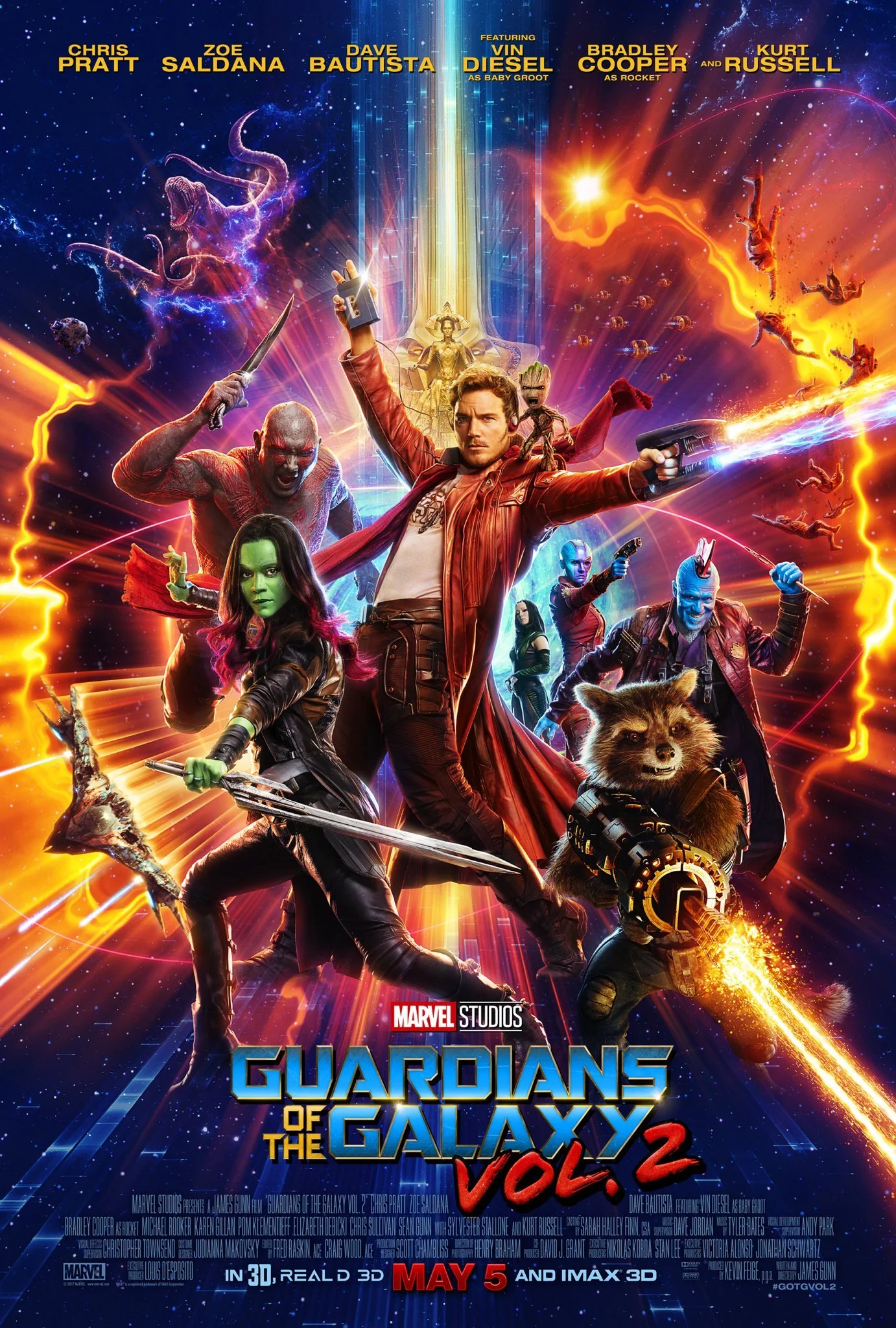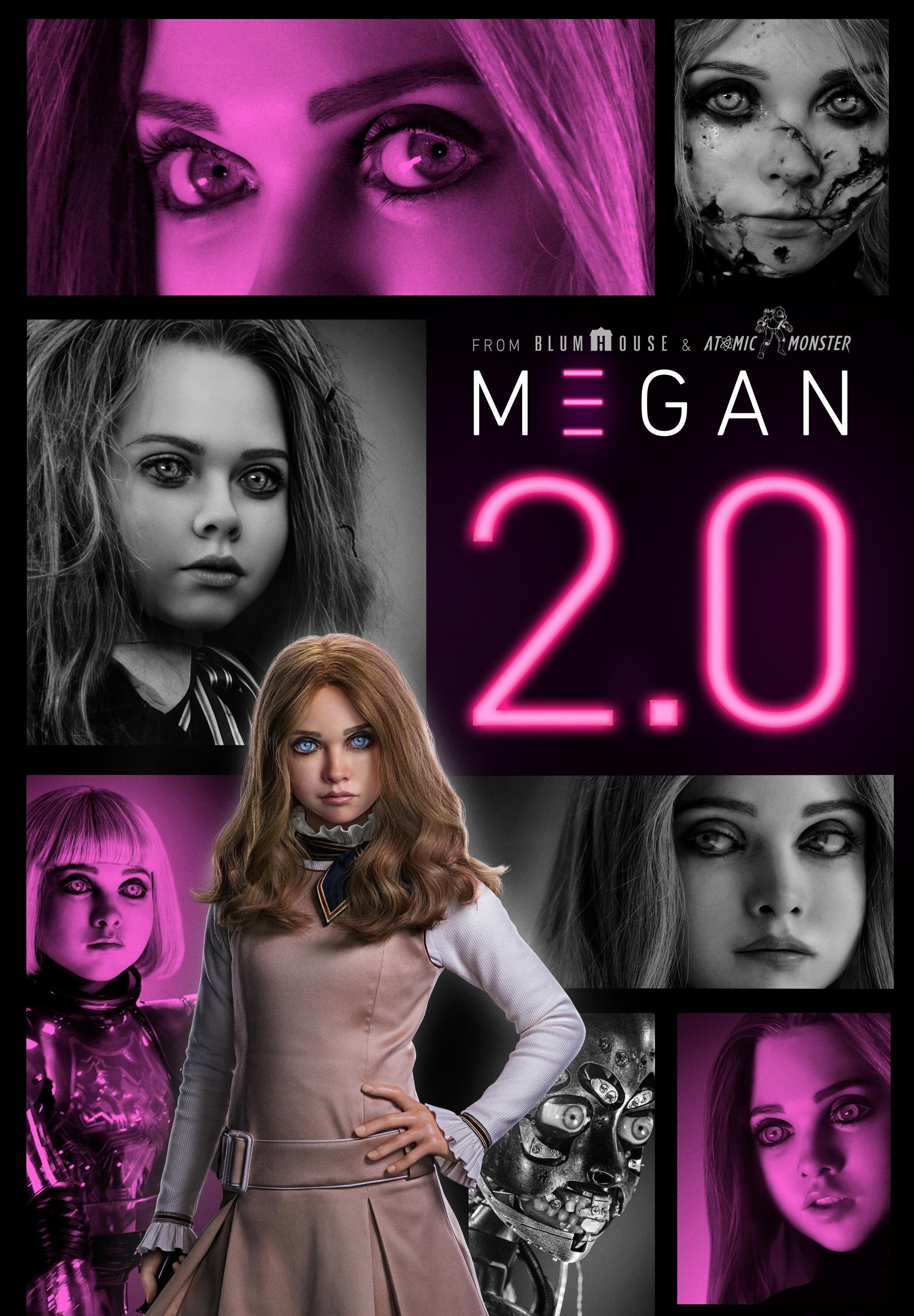Avatar: The Way of Water

It may have been 13 years since the original Avatar film first hit cinemas, but James Cameron is back to remind the world just how immersive and transportive an experience cinema can truly be. Avatar: The Way of Water is a movie experience quite unlike anything you’ve seen before.
Premise: After driving the humans from Pandora 15 years ago, Jake Sully (Sam Worthington) and Neytiri (Zoe Saldaña) have been enjoying a peaceful existence away from war, raising their biological and adopted children. But the RDA eventually return in even greater numbers, forcing the Sully family to flee from the rainforest and to seek sanctuary with the Na’vi reef clan.
Review:
It’s sad that in today’s toxic online culture, it’s become fashionable to pretend that you didn’t like the original Avatar and to claim that it’s had no cultural impact. The fact remains that the original Avatar is still the highest-grossing film of all time, was the first film to gross more than $2 billion, was nominated for nine Oscars (winning three), and was single-handedly responsible (for better or worse) for the resurgence of 3D films and TVs in the 2010s. Put bluntly, you don’t achieve all of that unless you’ve made something pretty special.
Nevertheless, there’s no question that in some corners of the internet the knives were already out for Avatar: The Way of Water, with many trying to write it off before they’ve even seen it. But then again, many tried to do the same with the original Avatar back in 2009 (I still remember the “Dances with Smurfs” jokes), but James Cameron is responsible for first and third highest crossing films of all time (Avatar and Titanic) for a reason, and is not so easily dismissed.
“…doesn’t necessarily go where you may be expecting the sequel to go…”
That said, it does perhaps go without saying that audiences should temper their expectations for Avatar: The Way of Water, because it is never possible to truly replicate the surprise factor that you get from an original film that comes out of nowhere like the first Avatar did. As good as The Way of Water is, audiences now know what to expect from Pandora, the Na’vi and the other returning elements, and so although this sequel does bring a lot of new ideas to the table, it’s never going to feel as genuinely surprising or inventive as the first film.
Given that James Cameron has directed two of the greatest sequels of all time (Aliens and Terminator 2: Judgment Day), there’s perhaps even more weight of expectation on The Way of Water. In that context, I have to say that as much as I loved The Way of Water, I wouldn’t put it in the same exulted company as Aliens or T2, as they truly are in a league of their own. But The Way of Water does share some traits with Aliens and T2, insofar as it doesn’t necessarily go where you may be expecting a sequel to the original movie to go.
“…the Sully children are a well-developed & generally interesting bunch…”
Just as Aliens took the “haunted house” premise of Alien and unexpectedly turned it into a war movie, and T2 took the merciless villain from The Terminator and unexpectedly turned him into a surrogate father figure, The Way of Water doesn’t necessarily deliver the straightforward follow up to Avatar that audiences might be expecting. The first act of the movie does arguably does unfold as you might expect: we catch up with Jake Sully (Sam Worthington) and Neytiri (Zoe Saldaña) and see what they and the rest of their new family have been doing during the 15 years since the end of the first movie. I’m someone who generally doesn’t like kids in movies, but the Sully children are a well-developed and generally interesting bunch.
The two eldest Sully boys, Neteyam and Lo'ak, are played by newcomers James Flatters and Britain Dalton, who both do a good job at portraying the different pressures that fall on them as first and second born sons respectively. The youngest Sully daughter, Tuk, doesn’t get a huge amount to do (given her young age), but Trinity Jo-Li Bliss still manages to shine in a couple of key comedic moments. But the Sully clan extends beyond their biological children, and includes their adopted daughter Kiri (played by Sigourney Weaver, who proves that anything is possible with performance capture these days), and an orphaned human child nicknamed Spider, played by Jack Champion.
“…the action is focused on a more intimate, personal level…”
It’s in this first act that the human military returns to Pandora, and Jake is forced to lead the Omaticaya clan into a campaign of guerrilla warfare against the technologically superior forces. But soon, the story moves away from the grand scale of epic battles between giant opposing armies, and instead focuses the action on a more intimate, personal level. And it all starts with the reintroduction of Quaritch.
Spoiler for the first movie – eagle-eyed viewers will recall that Colonel Quaritch was fatally skewered by a couple of Neytiri’s arrows during the finale – but an old war-dog like Quaritch isn’t going to let a little thing like death trouble him for long. I don’t want to say too much about the details of his return (just in case you don’t already know), but bringing Stephen Lang back was a stroke of genius, and his character arc in this movie is a fascinating one.
“…the most visually amazing & immersive cinematic experiences of the last decade…”
As a consequence of Quaritch’s quest for vengeance, the Sully family is forced to flee to the Metkayina clan in the ocean reefs of Pandora. From there (and this still isn’t a spoiler, as the time with the reef clan puts the “Water” in The Way of Water), the film centres around the Sully’s new lives as refugees, struggling to adapt to a completely alien way of life.
If you were feeling particularly ungenerous, you could argue that it’s this second act that feels the most similar to the first Avatar film – last time, Jake was having to learn how to live amongst the Omaticaya clan in the rainforest, and this time, his children are having to learn how to live amongst the Metkayina clan on the ocean reef. But to dismiss the second act would be to miss out on some of the most visually amazing and immersive cinematic experiences of the last decade, as James Cameron’s use of (newly invented) underwater 3D filming technology means you can experience life underwater in a way that you may have never believed was possible without a wetsuit. To say that these scenes blow the underwater scenes from films like Black Panther: Wakanda Forever out of the water is a huge understatement.
“…the action never loses sight of the emotional stakes for the characters…”
I won’t say any more about where the plot goes from there, but suffice to say that we’re also introduced to Tonowari, the leader of the Metkayina clan (played by the ever-reliable Cliff Curtis), and his wife Ronal (played by Kate Winslet), as well as their children. During this section of the film, the movie’s focus shifts from the parents’ perspective to the children’s, but James Cameron pulls this off without it feeling too jarring. That said, although the shift in focus means that the audience get to know the children a lot better, it does mean that actors like Zoe Saldaña and Kate Winslet (as well as Edie Falco who plays the new commander of the RDA forces on Pandora) don’t get given a great deal to do. But there’s no doubt more planned for their characters in future instalments, and it does give other supporting characters, like Brendan Cowell‘s delightfully obnoxious hunter and Jemaine Clement‘s marine biologist a chance to shine.
For anyone worried that James Cameron had lost his touch when it comes to delivering action, the final act is essentially an hour-long action sequence that’s unlike anything seen on the big screen before – but the key to the film’s success is that the action never loses sight of the emotional stakes for the characters. So although some of the action is on an epic scale, just as much takes place on the personal level, as Quaritch doggedly pursues his vendetta against Jake and “Mrs Sully”.
“…delivers an emotionally driven, action packed finale…”
Although it seems sadly inevitable that the most toxic corners of the internet will continue to attack this movie (for whatever reason), the truth is that despite not being perfect by any stretch, The Way of Water is a transportive cinematic experience unlike any other. Just as with the first Avatar, James Cameron weaves environmental and ecological themes into the movie, but never at the expense of character or plot, and he delivers an emotionally driven, action packed finale that left me countering down the months until I could return to Pandora again for the third Avatar film in 2024.







